What is Bridge Financing?
Bridge financing or an ‘interim loan’, bridges the gap between a purchase and sale date when these dates do not align.
This is very important for someone who is buying a home when their equity (i.e.: down payment) is tied up in their existing property. If they sell the home, but the sale date is AFTER the possession of a new property, that’s when bridge financing can become an option. This allows someone to pull out their down payment funds early, to close on their new mortgage/purchase.
Important Information about Bridge Financing
An interim loan allows you to make your down payment on your new purchase while you wait for your pending sale to close. It is intended to be a temporary solution, generally ranging from a few days to a few months.
Because of the short term, bridge financing is priced higher than typical mortgage rates. Some lenders may also charge an administration fee and, depending on your situation, legal fees may also be involved.
While most lenders, including all the Big Six banks, offer bridge loans, not all lenders do. If you think you may require bridge financing, contact me ahead of time to ensure the option is available.
Pros & Cons of Bridge Financing
Pros:
Generally easier to qualify for compared to standard mortgages because the lender knows you will have the money to repay the loan once your sale is finalized.
Can open up additional purchase options, as you won't be as limited by tight closing deadlines.
Only in place for a couple of days/months making it reasonably cost-effective option, even with the higher interest rate.
Peace of mind knowing your down payment for your next property is already in hand.
Cons:
Cannot be used for a ‘deposit’ at the time of contract signing.
Still a substantial financial obligation for the borrower as it hinges on the sale of their property being finalized.
If you want to know more about bridge financing, I can help you explore the available options.

